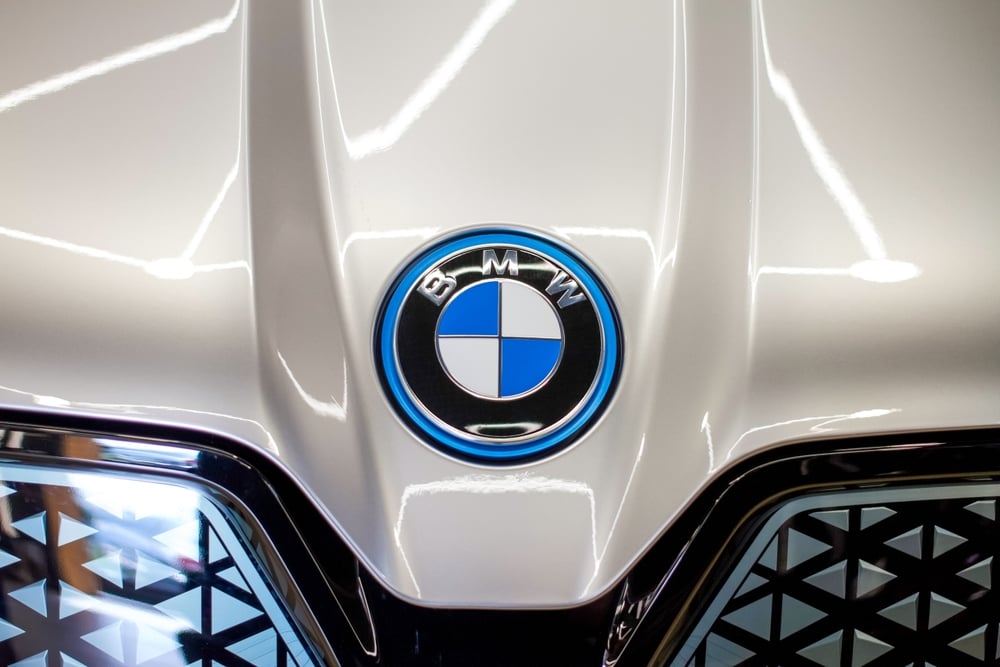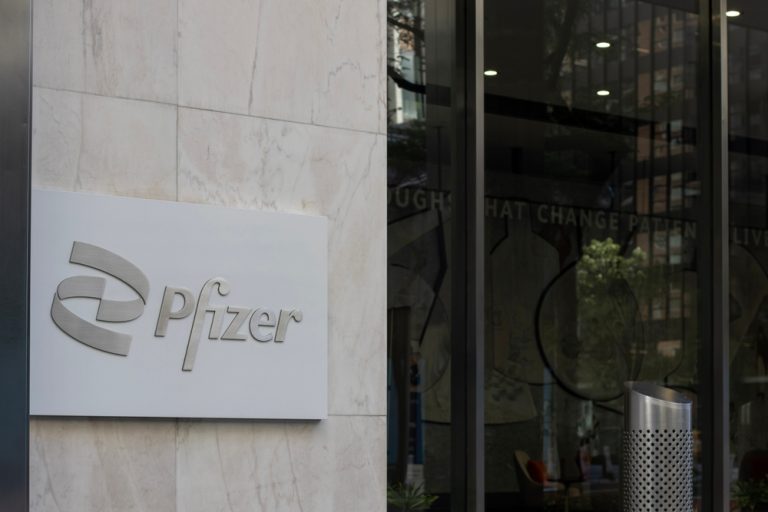German car brands have long dominated the Southeast Asian market, but their market share is declining as Chinese automakers make significant inroads. In Singapore, the share of new car registrations for German brands fell to 28% in 2024 from 32% the previous year, while Chinese brands surged from 5.9% to 18.2%, according to Singapore’s Land Transport Authority.
Declining Market Share Across the Region
Similar trends are occurring across Southeast Asia:
- Malaysia: BMW’s market share dipped from 1.5% to 1.3%, with declines for Mercedes-Benz and Volkswagen as well.
- Philippines: BMW sales dropped by nearly a third, while Volkswagen saw a 15% decline.
- Thailand: German brands saw declining sales amid a broader downturn in the automotive market, which reached a 15-year low in 2024.
Global Shift in Automotive Industry
The decline of German brands in Southeast Asia reflects a broader global trend. In early 2024, BMW, Mercedes-Benz, and Porsche reported drops in global sales, while Volkswagen saw a 12% decrease. Meanwhile, China has dramatically increased its vehicle exports, particularly in the electric vehicle (EV) sector, with exports reaching 4.7 million cars in 2023—three times the volume of 2021.
Chinese automaker BYD has overtaken Toyota as Singapore’s best-selling car brand and experienced an 8,900% sales surge in the Philippines. This shift is driven by competitive pricing and rapid advancements in vehicle quality.
Behind the Numbers
Despite declining market share, German automakers still see growth in key areas. BMW reported a 49% increase in sales in Singapore in 2024, with a 107% rise in battery electric vehicle (BEV) deliveries, partly due to government incentives.
However, Thailand’s declining German car sales are linked to an overall 26% drop in the nation’s automotive market, not just competition from Chinese brands.
The Role of Chinese Automakers
Chinese automakers have primarily targeted the mass market rather than the luxury segment occupied by German brands. “BMW and Mercedes-Benz focus on the luxury market, whereas brands like Toyota and Honda cater to the mass market. The influx of Chinese automakers has mostly impacted mass-market brands,” said Chris Humphrey, executive director of the EU-ASEAN Business Council.
Japanese automakers, including Toyota, have been hit hardest. Between 2019 and 2024, Japanese brands experienced the most significant market share losses in major Southeast Asian economies.
Future Strategies for German Automakers
Chinese manufacturers continue to expand aggressively, supported by localized production. BYD opened its first Southeast Asian factory in Thailand in 2024, with an annual capacity of 150,000 vehicles. Chinese factories, with a global production capacity of 45 million vehicles per year, are operating at just 60% capacity—suggesting further export growth.
Some countries have responded with protective measures, such as the European Union’s tariffs on Chinese EVs. However, similar measures are unlikely in Southeast Asia, where local production is increasing.
German brands face a choice: adjust pricing strategies or maintain their premium positioning. While some companies, like Volkswagen’s Skoda Auto, are expanding operations in Vietnam, Mercedes-Benz has refused to cut prices, arguing it would devalue the brand.
As competition from Chinese brands intensifies, German automakers must adapt to shifting market dynamics. Whether through strategic pricing adjustments, increased local investment, or maintaining brand prestige, their response will determine their long-term viability in Southeast Asia’s evolving auto market.






















